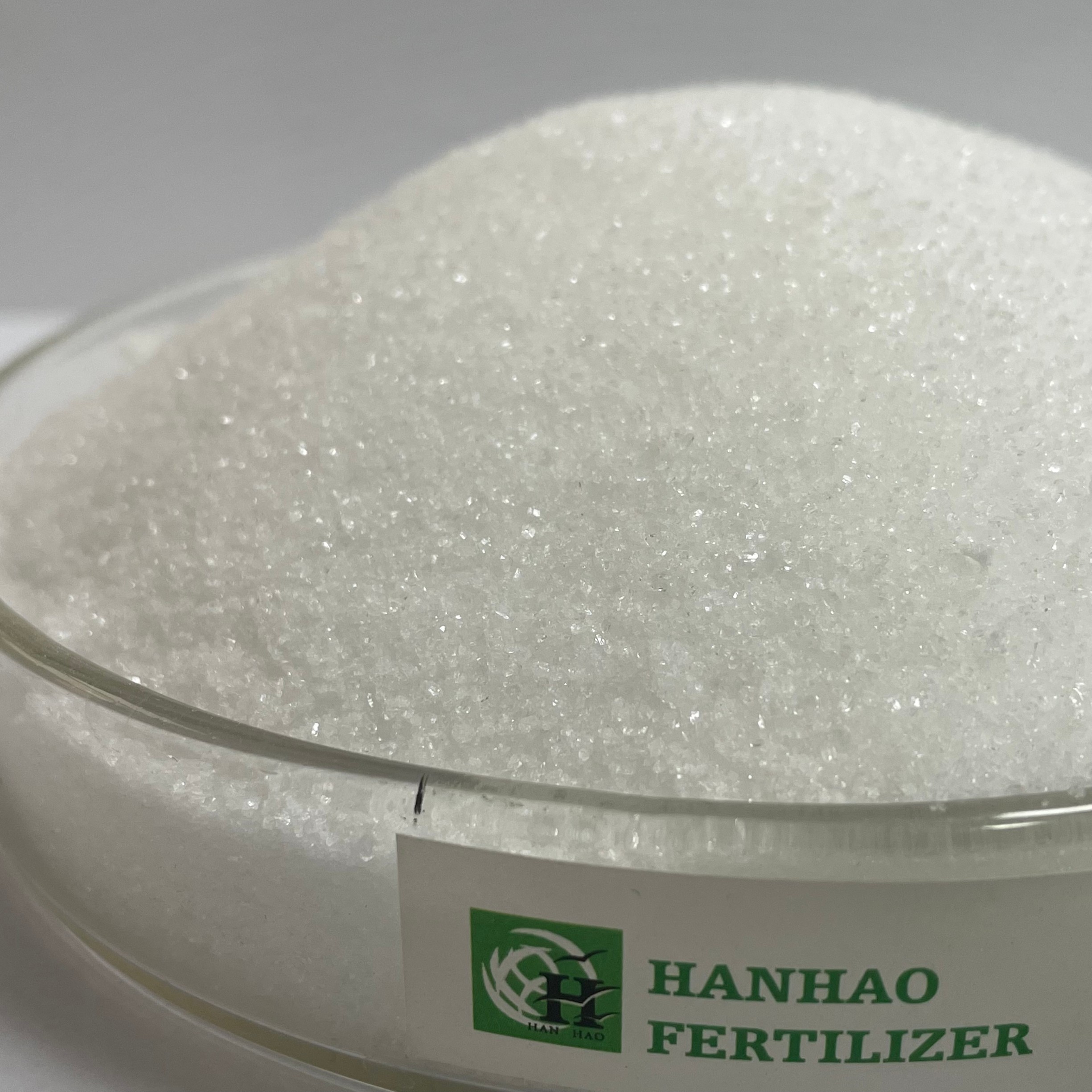
Dec . 15, 2024 03:26 Back to list
urea n46
Understanding Urea 46 An Essential Source of Nitrogen for Agriculture
Urea, a nitrogen-rich compound, is one of the most widely used fertilizers in the agricultural industry. With a composition of 46% nitrogen, it is recognized as a highly efficient source for enhancing soil fertility and promoting plant growth. In this article, we will delve into the significance of Urea 46, its applications, benefits, and considerations for its use in modern agriculture.
What is Urea?
Urea is a chemical compound with the molecular formula CO(NH₂)₂, produced from ammonia and carbon dioxide. As a synthetic product, it has become a cornerstone in fertilizer production due to its high nitrogen content. The designation Urea 46 refers to the fact that this product contains 46% nitrogen by weight, making it one of the most concentrated nitrogen fertilizers available on the market.
Importance of Nitrogen in Agriculture
Nitrogen is an essential nutrient that plays a critical role in plant growth and development. It is a fundamental component of amino acids, the building blocks of proteins, and is also crucial in the formation of chlorophyll, which plants use for photosynthesis. Therefore, adequate nitrogen availability is essential for optimal crop yield and quality. Urea 46 provides a readily available source of nitrogen that can be efficiently utilized by various crops, including grains, vegetables, and fruits.
Application Methods
Urea 46 can be applied in several ways, depending on the crop and soil management practices. Common application methods include
1. Broadcasting The urea can be spread evenly across the soil surface before tillage or planting. 2. Banding In this method, urea is placed in bands near the seed or root zone to maximize nitrogen uptake and minimize losses.
3. Foliar Application Urea can also be dissolved in water and applied directly to plant leaves to provide a quick nitrogen boost.
4. Injection For certain crops, injecting urea directly into the soil can reduce nitrogen loss and improve efficiency.
Understanding the best application method for Urea 46 can significantly influence its effectiveness and the overall health of the crops.
Benefits of Urea 46
urea n46

- High Nitrogen Content With 46% nitrogen, Urea 46 provides a concentrated source that can meet the nitrogen demands of crops efficiently.
- Cost-Effective As one of the most economical sources of nitrogen fertilizer, Urea 46 offers farmers an affordable option for boosting their crop production.
- Versatility Urea can be used for a variety of crops across different soil types and climates, making it a versatile choice for farmers globally.
- Improves Soil Fertility Regular application of Urea 46 not only supports plant growth but also contributes to the overall improvement of soil fertility and structure.
- Compatibility with Other Nutrients Urea can be easily blended with other fertilizers and micronutrients, allowing for customized fertilization plans that meet specific crop needs.
Considerations for Use
Despite its benefits, there are important considerations to keep in mind when using Urea 46
- Timing of Application To maximize nitrogen uptake and minimize losses, it is crucial to apply Urea 46 at the right time, preferably when crops are actively growing.
- Environmental Concerns Improper application can lead to nitrogen leaching into waterways, contributing to water pollution. Farmers should consider practices such as soil testing and using controlled-release formulations.
- Soil pH Urea can acidify the soil over time, which may necessitate the use of lime or other amendments to maintain optimal soil pH levels.
- Urease Inhibitors To enhance nitrogen retention and reduce volatilization losses, the use of urease inhibitors can be beneficial, especially in hot and dry conditions.
Conclusion
Urea 46 stands out as a vital tool for modern agriculture, enabling farmers to meet the ever-increasing demand for food production. When used responsibly and judiciously, it can significantly enhance crop yields and contribute to sustainable agricultural practices. Understanding its properties, benefits, and application methods is crucial for every farmer aiming to optimize their production and ensure a healthy, sustainable food supply for future generations. Embracing Urea 46 can lead to increased productivity, better soil health, and overall agricultural success.
-
Organic 10-10-10 Fertilizer | Balanced Plant Nutrients
NewsJul.31,2025
-
Premium Amino Acid Fertilizer | Rapid Plant Growth Booster
NewsJul.31,2025
-
10 10 10 Fertilizer Organic—Balanced NPK for All Plants
NewsJul.30,2025
-
Premium 10 10 10 Fertilizer Organic for Balanced Plant Growth
NewsJul.29,2025
-
Premium 10 10 10 Fertilizer Organic for Balanced Plant Growth
NewsJul.29,2025
-
Premium 10 10 10 Fertilizer Organic for Balanced Plant Growth
NewsJul.29,2025
